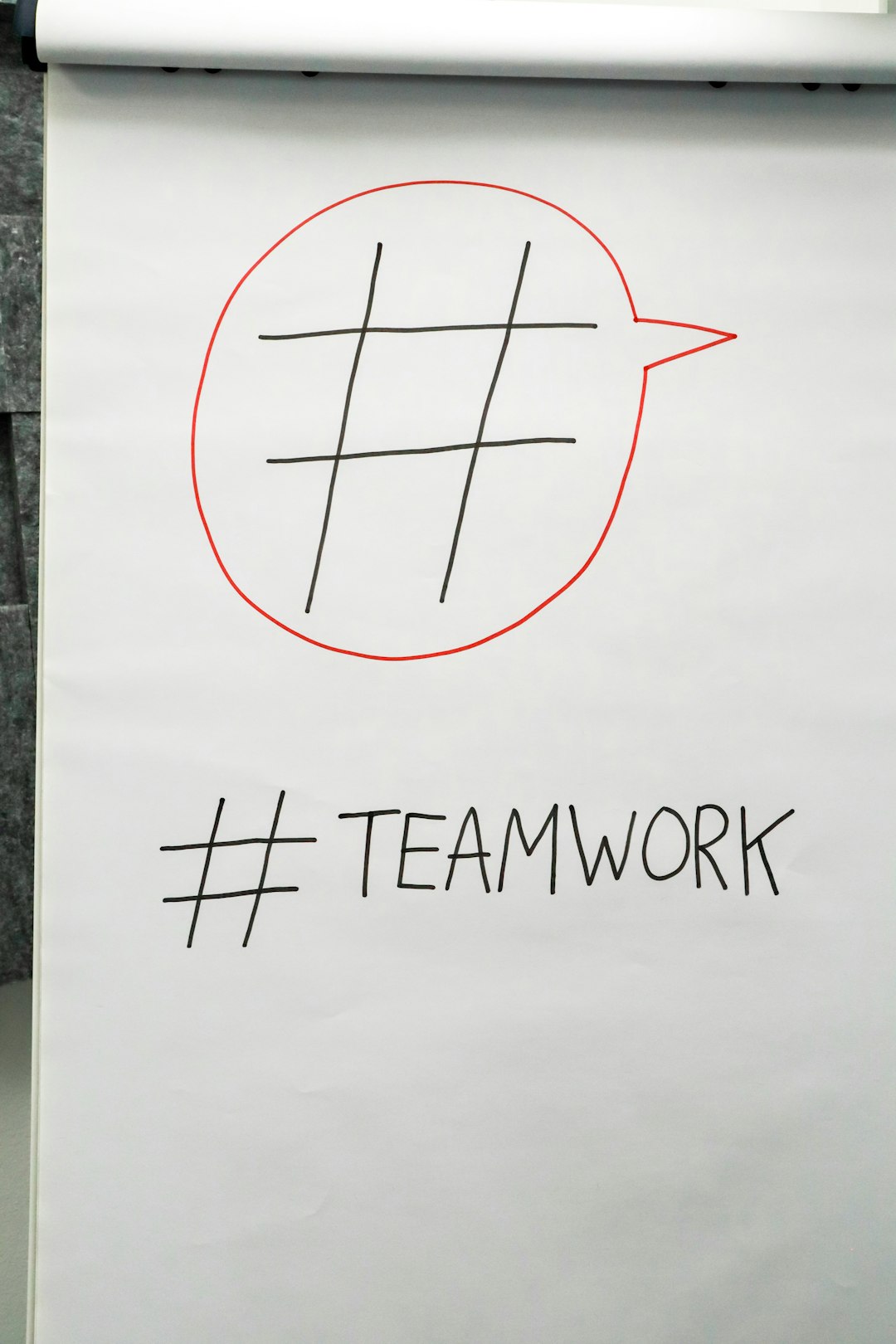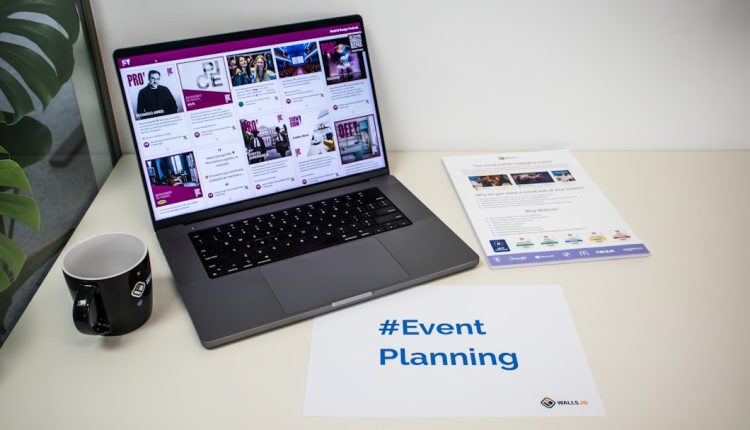Want to build high-authority backlinks without begging for them? Try a content partnership. More specifically: co-researched content.
This strategy is fun, collaborative, and most importantly, it works. No shady tactics. No spammy outreach. Just real value—and links people want to give you.
Let’s break it down.
What Is Co-Researched Content?
Table of Contents
Co-researched content is when two (or more) brands team up to create a piece of content based on original data or research. You’re not just writing together. You’re collecting data, running surveys, doing case studies, and crunching numbers.
This results in something valuable, unique, and authoritative—exactly the kind of content that journalists, bloggers, and creators want to link to.
Think:
- Survey reports
- Infographic studies
- Trend analyses
- Original benchmarks
Everyone gets exposure. Everyone shares the audience. And everyone earns links.
Why It Works
Here’s why co-researched content is a link magnet:
- Originality: It’s new data that people can’t find anywhere else. That makes it rare.
- Authority: It’s backed by numbers and multiple voices. That makes it credible.
- Promotion: More than one brand is invested in its success. That makes it shareable.

In SEO, content that is unique, useful, and well-promoted tends to earn the most links. Co-research delivers all three.
How to Start a Content Partnership
It starts with a simple idea: Let’s work together.
Follow these steps to make it happen:
1. Find the Right Partner
Look for brands that:
- Serve a similar audience (but aren’t direct competitors)
- Have good content quality
- Are active in marketing and promotion
Example: A project management tool could partner with a productivity blog. Or an eCommerce SaaS tool could team up with a digital marketing agency.
2. Brainstorm Research Topics
Your topic should be:
- Relevant to both brands’ audiences
- Something people are curious about
- Gap-filling—information that doesn’t already exist
Examples:
- “The State of Remote Work in 2024”
- “Customer Support Benchmarks for SaaS Companies”
- “How AI Is Changing Content Marketing”
3. Choose a Research Method
How will you collect the data?
- Run a survey
- Analyze user behavior
- Use public data sources
- Interview experts
This part is fun because creativity counts. You don’t need a giant budget, just a smart approach.
4. Share the Workload
Divide tasks based on strengths:
- One partner runs the survey
- Another designs the visuals
- You both write and edit the report
For big projects, you could even bring on a third or fourth partner. It’s more work, yes—but also a bigger audience and link potential.
5. Promote Like Crazy
Once the piece is published, don’t just wait around. Get loud.
- Email your lists
- Pitch it to journalists
- Post on LinkedIn and Twitter
- Repurpose data into blog posts, slides, infographics

Each partner brings their own network, so the reach is multiplied. This is why partnerships are powerful.
Real-World Example
Let’s take a real-life example to make this even clearer.
Buffer (a social media tool) partnered with BuzzSumo (a content analysis tool). They created a report analyzing 1 million blog posts to find what makes content shareable.
The result? Dozens of high-authority backlinks from big sites like Forbes and Entrepreneur. Thousands of shares. Tons of new leads for both companies.
Neither brand could have done it as effectively alone. But together, they created something epic.
Tips for a Successful Partnership
Want your co-researched content to shine? Keep these tips in mind:
- Start small: Your first project doesn’t have to be a massive study. Even a 100-person poll can be valuable.
- Define ownership: Agree upfront on who will publish the main piece, how leads will be tracked, and how links will be distributed.
- Be clear on promotion: Create a joint plan. Agree on dates, channels, and responsibilities.
- Use visuals: Charts, graphs, infographics—they make your findings easier to consume and more shareable.
Turning Data into Evergreen Assets
A good co-research report isn’t just useful for a week. It can be relevant for months, even years.
Use your data to create:
- Yearly reports (update them annually!)
- Blog posts diving into specific findings
- Podcasts and webinars discussing the results
- Social graphics and carousels

You’re not just publishing content—you’re building an authority hub. Other bloggers will link to it. Journalists will cite it. Your SEO will thank you.
The SEO Bonus
So let’s talk links.
When you publish valuable, original research with a partner:
- You get links from their audience and promotions
- Other creators link to your data as a credible source
- You get organic traffic and backlinks for months to come
This isn’t about “guest posting” or link-swapping. It’s real value leading to real links. Naturally. Authentically. And with longevity.
Common Mistakes to Avoid
Here are a few pitfalls to watch for:
- Trying to do everything yourself. This defeats the purpose of a partnership.
- Vague roles and expectations. Miscommunication can tank the project.
- Poor promotion effort. Without intentional outreach, great data goes unseen.
- Choosing the wrong partner. Make sure your values, quality, and messaging are aligned.
Ready to Try It?
Look around. Who in your industry could you team up with?
Make a list of possible partners. Brainstorm research ideas that would excite both sides. Reach out and pitch the idea. Keep it simple and focused. And most importantly—make it fun!
You’ll be amazed what you can create (and rank for) when great minds come together.
Co-researched content isn’t just smart marketing—it’s powerful link-building that makes everyone stronger.

